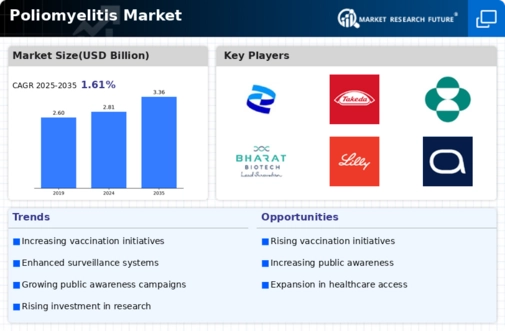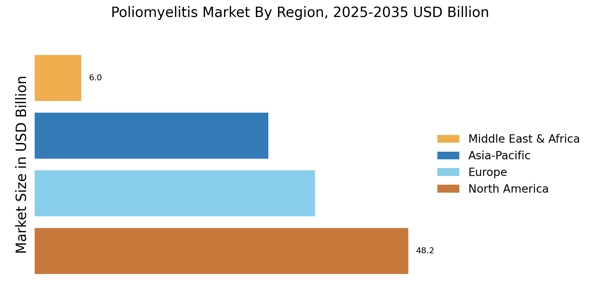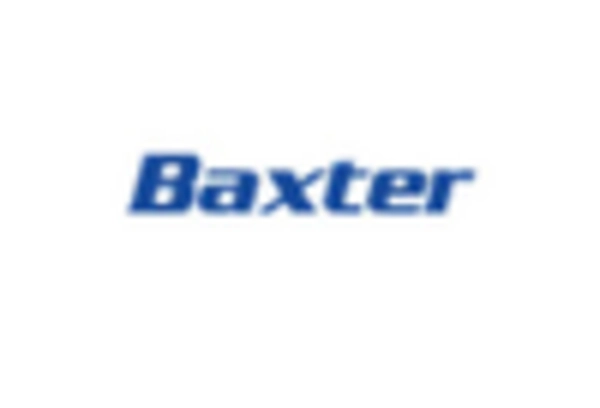Increased Global Collaboration
The rise in global collaboration among health organizations, governments, and non-profits is a significant driver of the Poliomyelitis Market. Collaborative efforts facilitate the sharing of resources, knowledge, and best practices, which are essential for effective vaccination campaigns. Partnerships between various stakeholders have led to improved strategies for reaching underserved populations. This collaborative approach not only enhances the effectiveness of vaccination programs but also fosters a sense of shared responsibility in combating poliomyelitis. As these partnerships strengthen, the Poliomyelitis Market is likely to benefit from a more coordinated and efficient response to the disease.
Rising Awareness of Poliomyelitis
The increasing awareness regarding poliomyelitis and its long-term effects is driving the Poliomyelitis Market. Educational campaigns by health organizations and governments have highlighted the importance of vaccination and early detection. This heightened awareness has led to a surge in vaccination rates, particularly in regions previously affected by outbreaks. For instance, the World Health Organization reported a significant increase in vaccination coverage in several countries, which is crucial for the eradication of poliomyelitis. As more individuals understand the implications of the disease, the demand for vaccines and related healthcare services in the Poliomyelitis Market is likely to rise, fostering a more proactive approach to public health.
Government Initiatives and Funding
Government initiatives aimed at eradicating poliomyelitis are pivotal in shaping the Poliomyelitis Market. Various countries have allocated substantial funding to vaccination programs and public health campaigns. For example, initiatives such as the Global Polio Eradication Initiative have mobilized resources to ensure that vaccines reach vulnerable populations. This financial support not only enhances vaccine accessibility but also promotes research and development of new vaccine formulations. The commitment of governments to eliminate poliomyelitis is expected to sustain growth in the Poliomyelitis Market, as ongoing funding ensures that vaccination efforts remain robust and effective.
Growing Demand for Preventive Healthcare
The increasing emphasis on preventive healthcare is influencing the Poliomyelitis Market. As populations become more health-conscious, there is a growing demand for vaccines and preventive measures against infectious diseases. This trend is particularly evident in regions where poliomyelitis remains a threat. The focus on prevention aligns with broader public health goals, encouraging individuals to seek vaccinations proactively. Consequently, the demand for poliomyelitis vaccines is expected to rise, as healthcare providers and organizations promote immunization as a critical component of preventive healthcare strategies. This shift towards prevention is likely to sustain growth in the Poliomyelitis Market.
Technological Innovations in Vaccine Development
Technological advancements in vaccine development are transforming the Poliomyelitis Market. Innovations such as mRNA technology and novel delivery systems are enhancing vaccine efficacy and safety. These advancements have the potential to improve immunization rates and reduce the incidence of poliomyelitis. For instance, the development of more stable and easier-to-administer vaccines could facilitate broader distribution, particularly in remote areas. As these technologies continue to evolve, they are likely to attract investment and interest from pharmaceutical companies, further propelling the growth of the Poliomyelitis Market.


















Leave a Comment